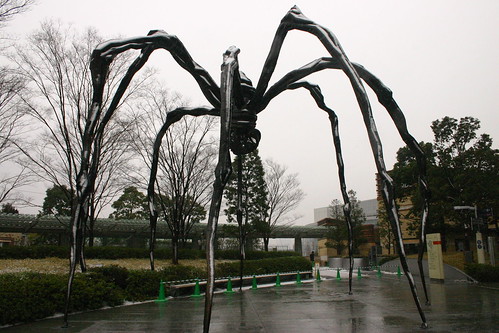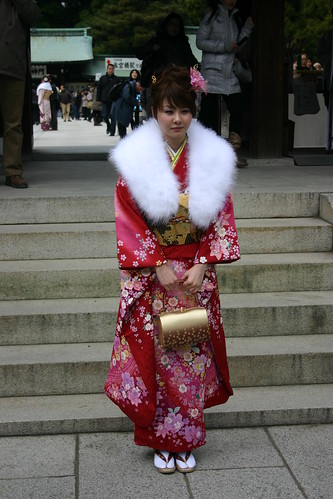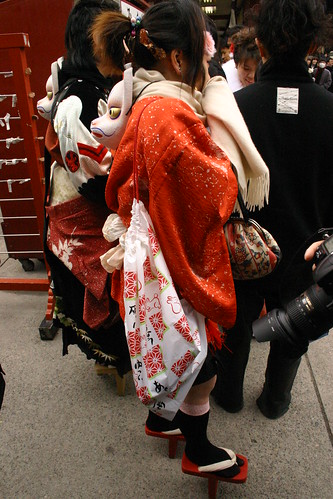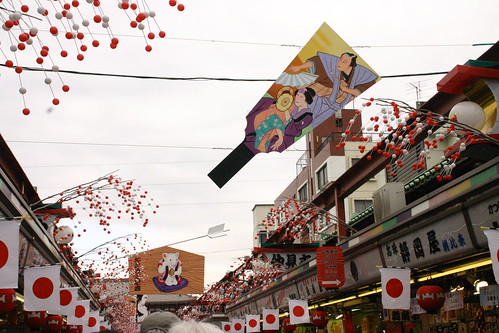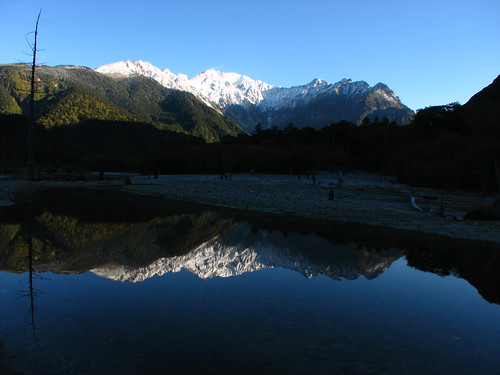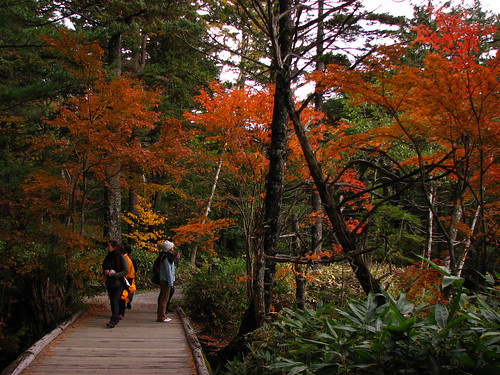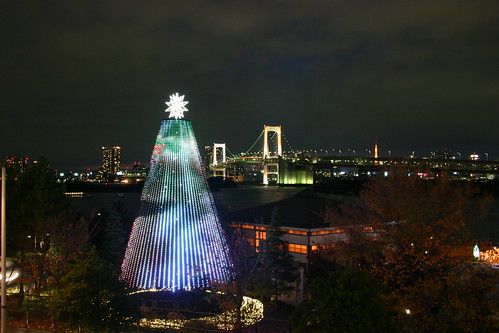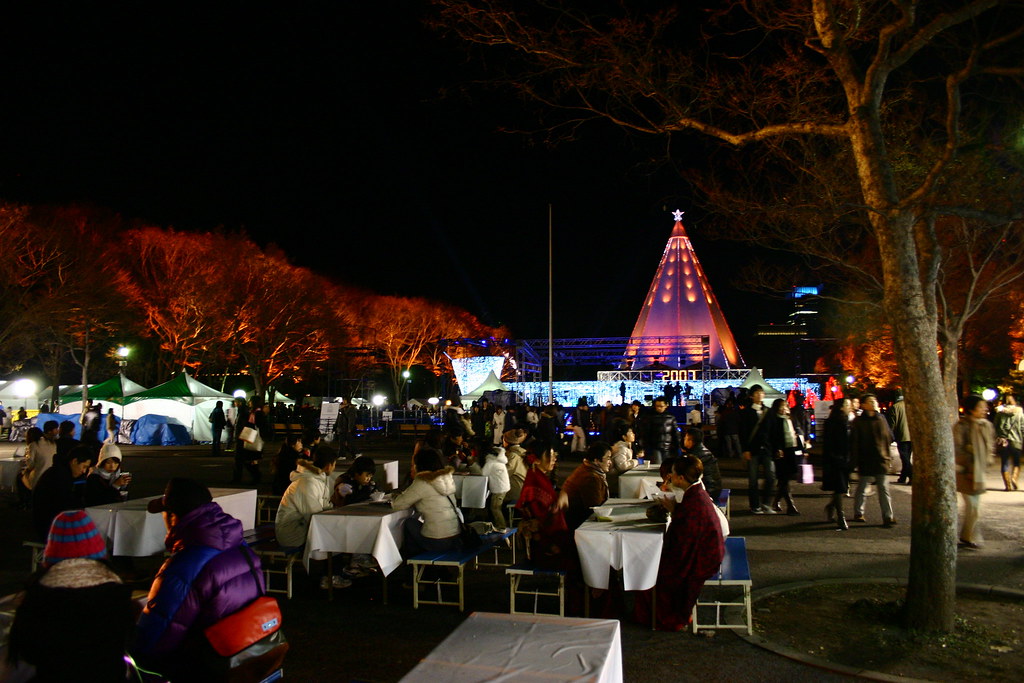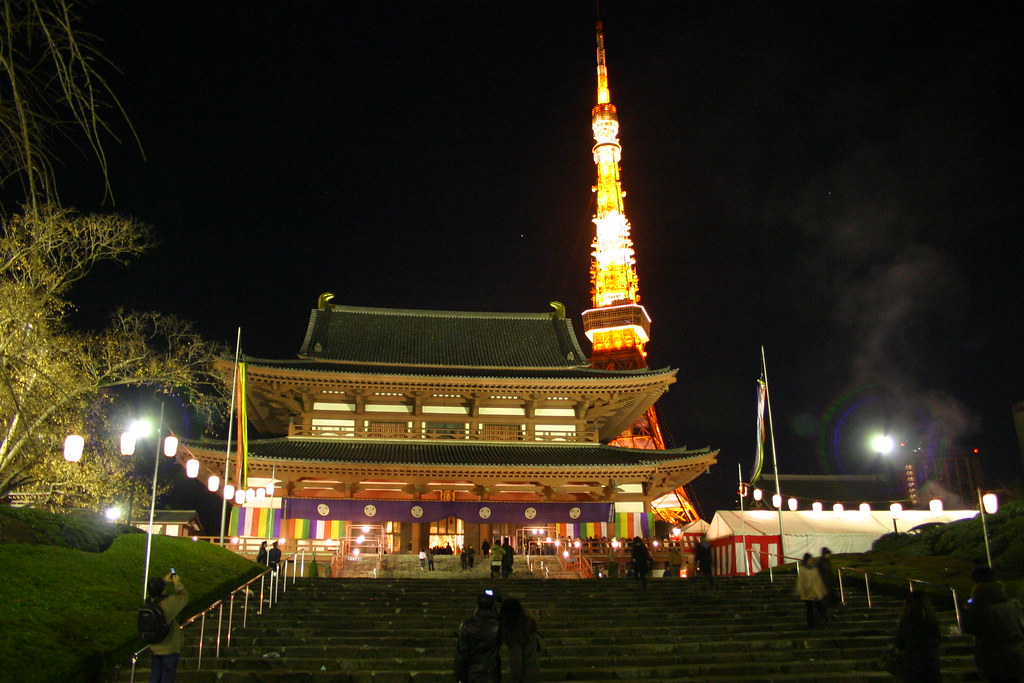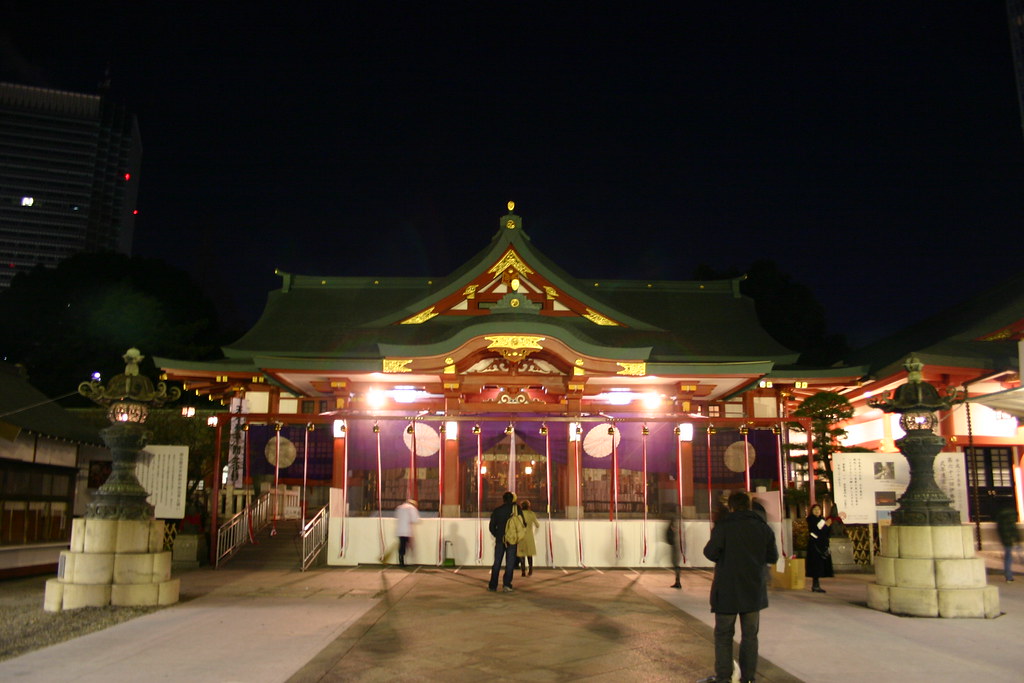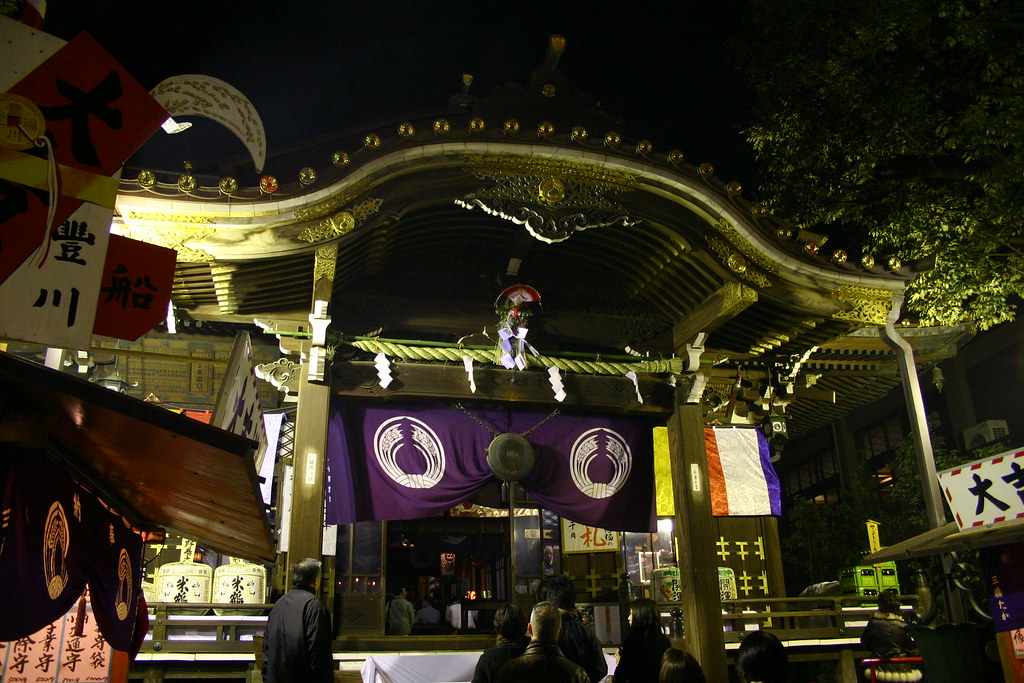I always thought Japan as a land of pagodas and Sumos. Even WWF I used see in childhood had a Yokozuna in it.
I always thought Yokozuna was a person.
I always adored the strength of these mighty creatures.
I always wanted to see one by my own eyes.
So when Jason, my friend from Hongkong, now a student at a Waseda university asked me to join for Sumo tournament, I jumped up to say, "Yes, I am coming!".
The day dawned, the first day of Tokyo Sumo tournament. Lonely planet guide says that one has be at the ticket window early morning. So Jason and I reached Ryogoku at 6:30 itself. We were 10th in the line. By 7:30 the line grew to 150 something. Still 200 tickets would remain unclaimed, I thought to myself.
The tournament first day started at 8:15 AM and went on till 6 PM in the evening. So we were present to see the first game of the season.
The Ryogoku hall was really a big indoor stadium. It was still time for people to come. The house was hardly filled. The initial fights were among budding sumos also known as Maegashira, so these had very less spectators.
We tried getting few snaps up close from the ring and wing before the stadium starts ed to fill. The fights didn't last any longer than 30-40 secs. The opponents would come in from west and east wings, do a traditional bow to each other, do some sumo exercise, stretch legs, stomped on the ground and other exercises. the fights lasted lesser than the time they spent doing this formality.
Soon it was lunch time. It was time to try the sumo food. It was not more than a stew of vegetables and chicken meat. It was not delicious but surely was nutritious. It cost 200 Yen per bowl. I had three of it. The real matches began after 2 pm. It was Juryo sumos who were arriving at the ring now. These sumos are higher in the rank. So they had the right to throw salt over the ring with a belief to purify it.
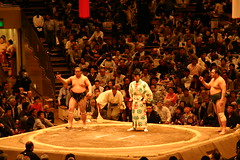
It was a full house by now. The fights grew over to 30 seconds, some longing to mins. The sumos we saw in there were now tougher and experienced.

By 4 PM its time for the Yokozunas to come in. For the first time in my life I understood, Yokozuna is not a person but a title.
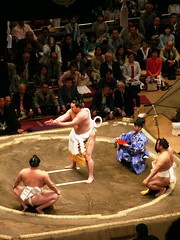
The Yokozuna ceremonial dance was followed by the Yokozuna fights. Many sumos of the rank Yokozuna fought for the title. The tournament was going to run for 2 more weeks.
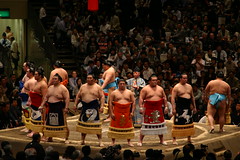
The stadium was buzzing with sumo fans. Some cheering their favorites. In the end after as the last fight ended jubilant crowd went berserk as the reigning Yokozuna suffered a shocking defeat on the first day of the tournament.
They expressed their surprise by hurling pillows they were sitting some time back, towards the ring.
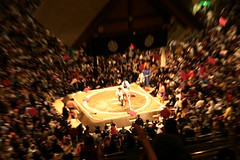
By the time I completed this entry Kotooshu the sumo of Bulgarian origin has claimed the Tokyo Sumo championship.






